
Aimophila
What kind of animal is Aimophila?
Aimophila is a genus of American sparrows, which are small, seed-eating birds.
The name Aimophila comes from two ancient Greek words: aimos, meaning "thicket", and phila, meaning "loving".
This reflects the habitat preference of these sparrows, which are often found in dense shrubs or grasslands.
Aimophila sparrows are not very closely related to other sparrows, and they were formerly placed in a different family, the Emberizidae.
However, molecular studies have shown that they belong to the Passerellidae family, along with other New World sparrows.
They are also related to the towhees, which were once considered part of the same genus, Pipilo.
Aimophila sparrows are mostly resident birds, meaning that they do not migrate.
They have a limited range, and some of them are endangered or vulnerable due to habitat loss, predation, and competition.
These birds are not very common or conspicuous, and they are often overlooked by birdwatchers.
However, they have distinctive songs and calls, which can help to identify them.
Aimophila sparrows are an interesting group of birds, with a unique evolutionary history and ecology.
They are part of the rich diversity of life on Earth, and they deserve our attention and conservation.
Example of the color palette for the image of Aimophila
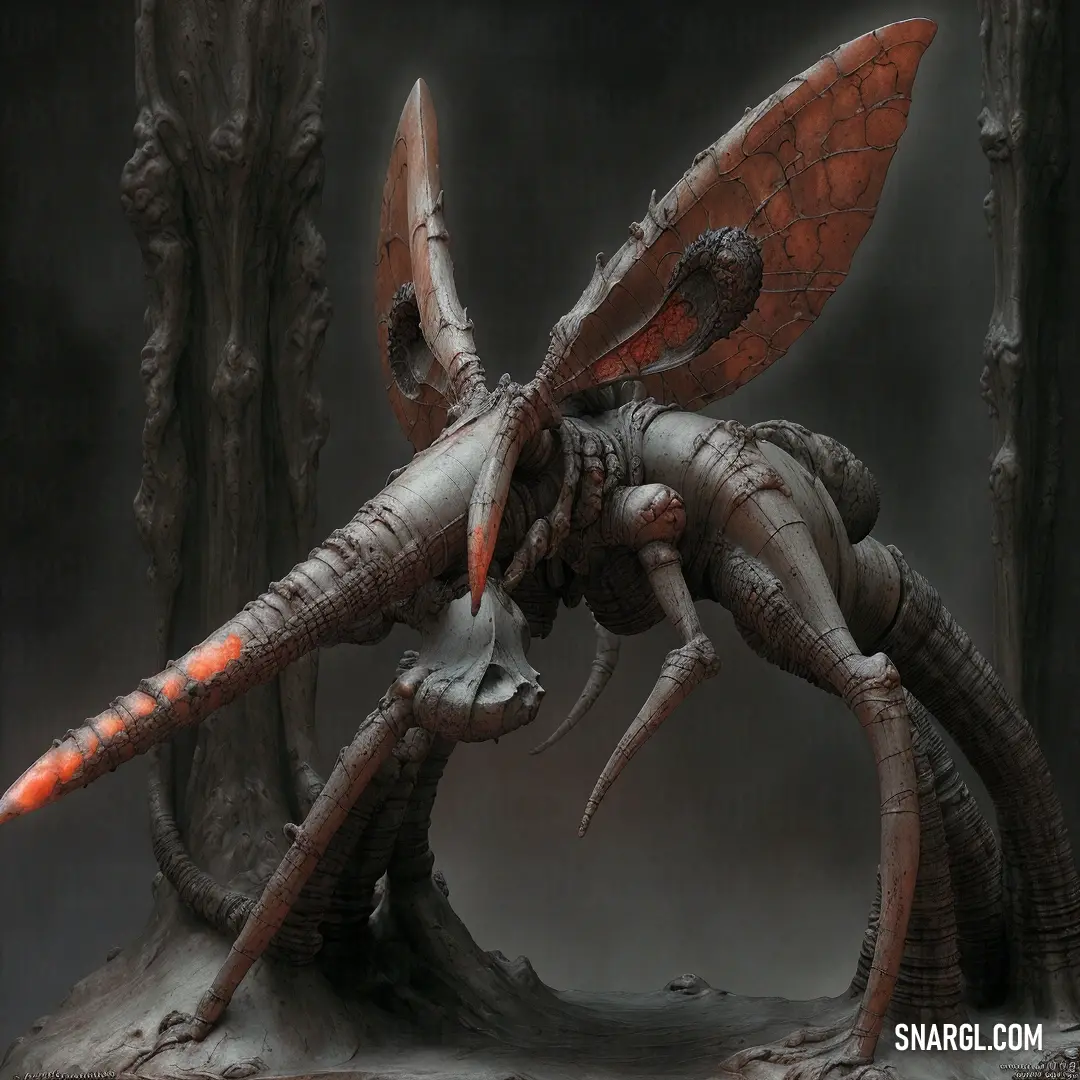
See these colors in NCS, PANTONE, RAL palettes...

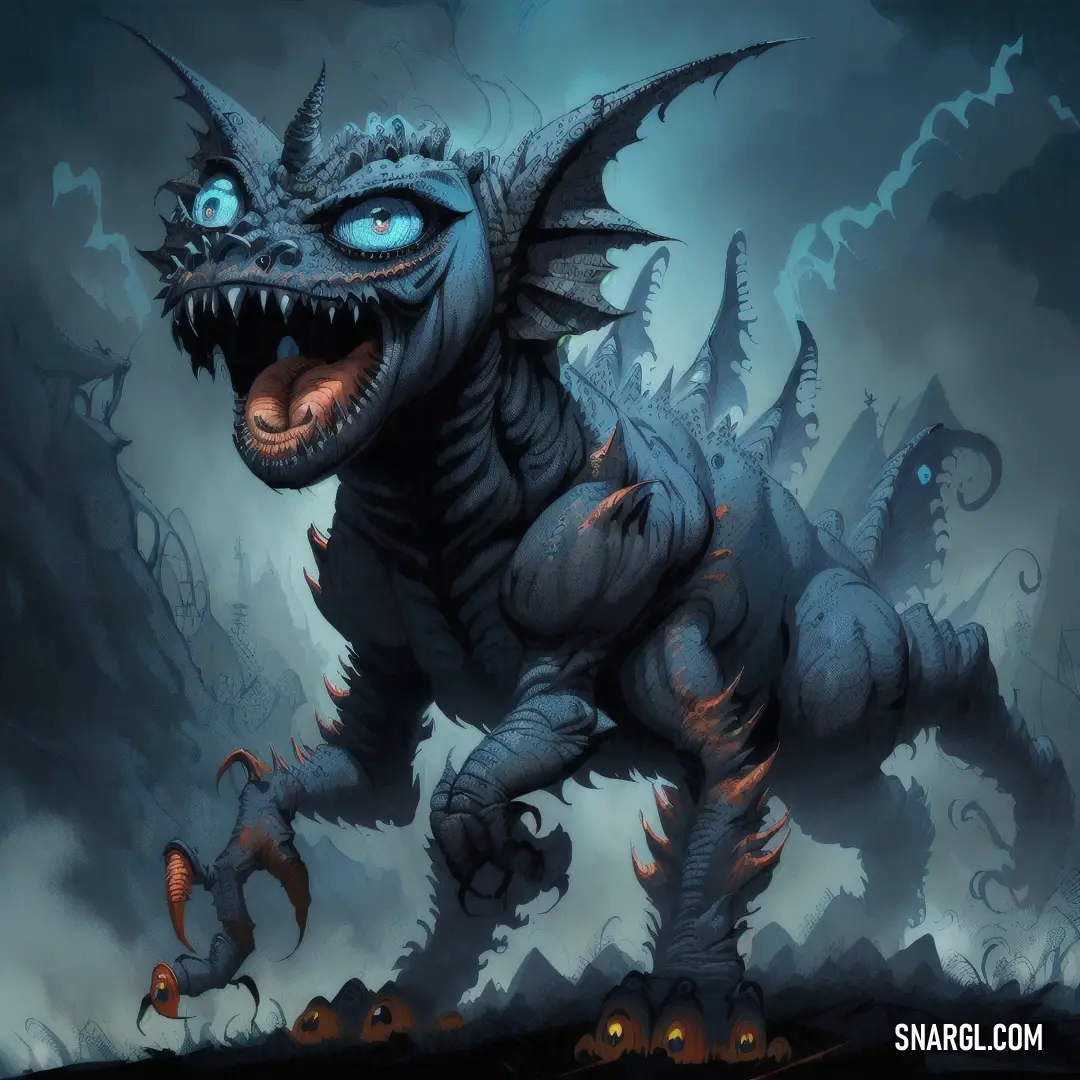
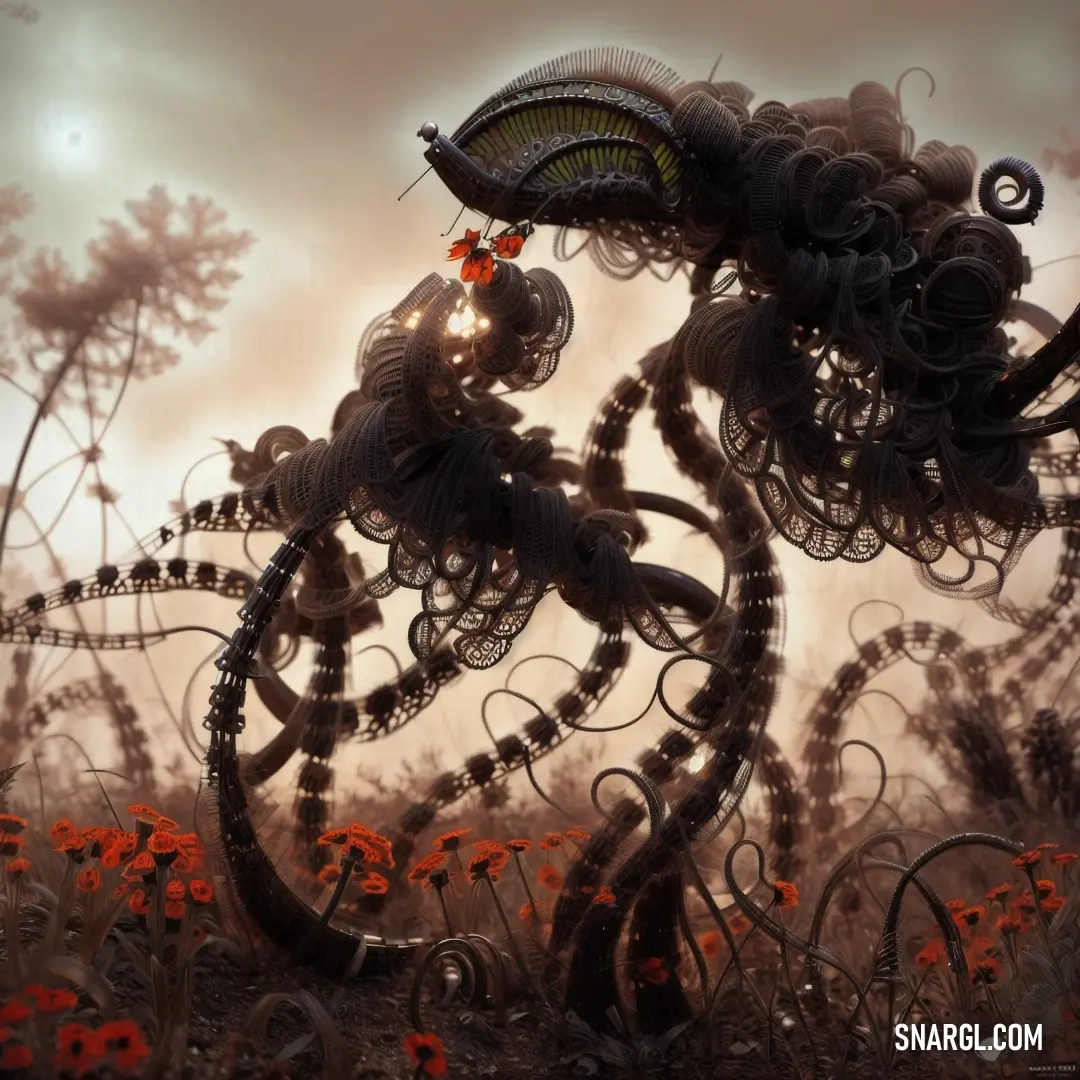

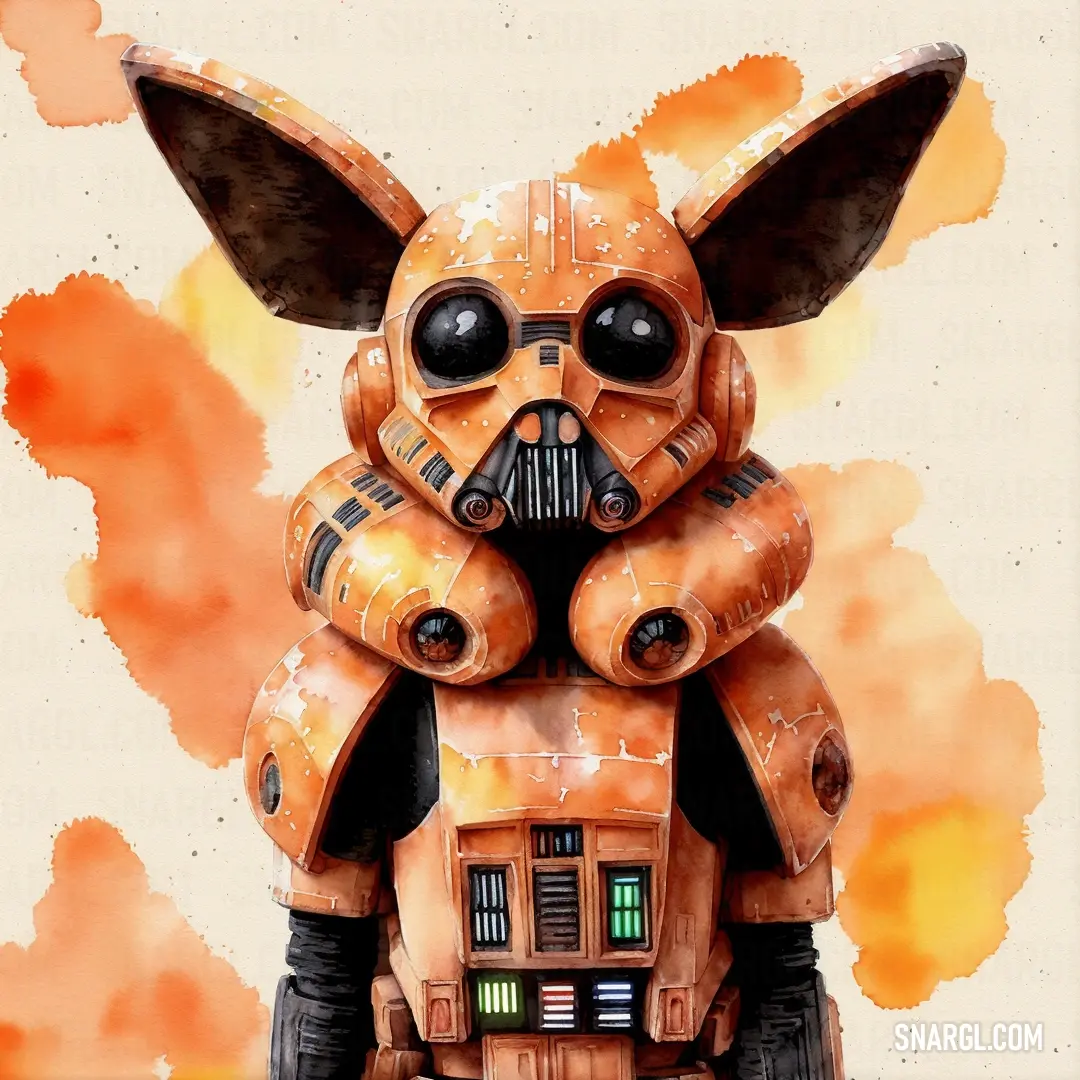
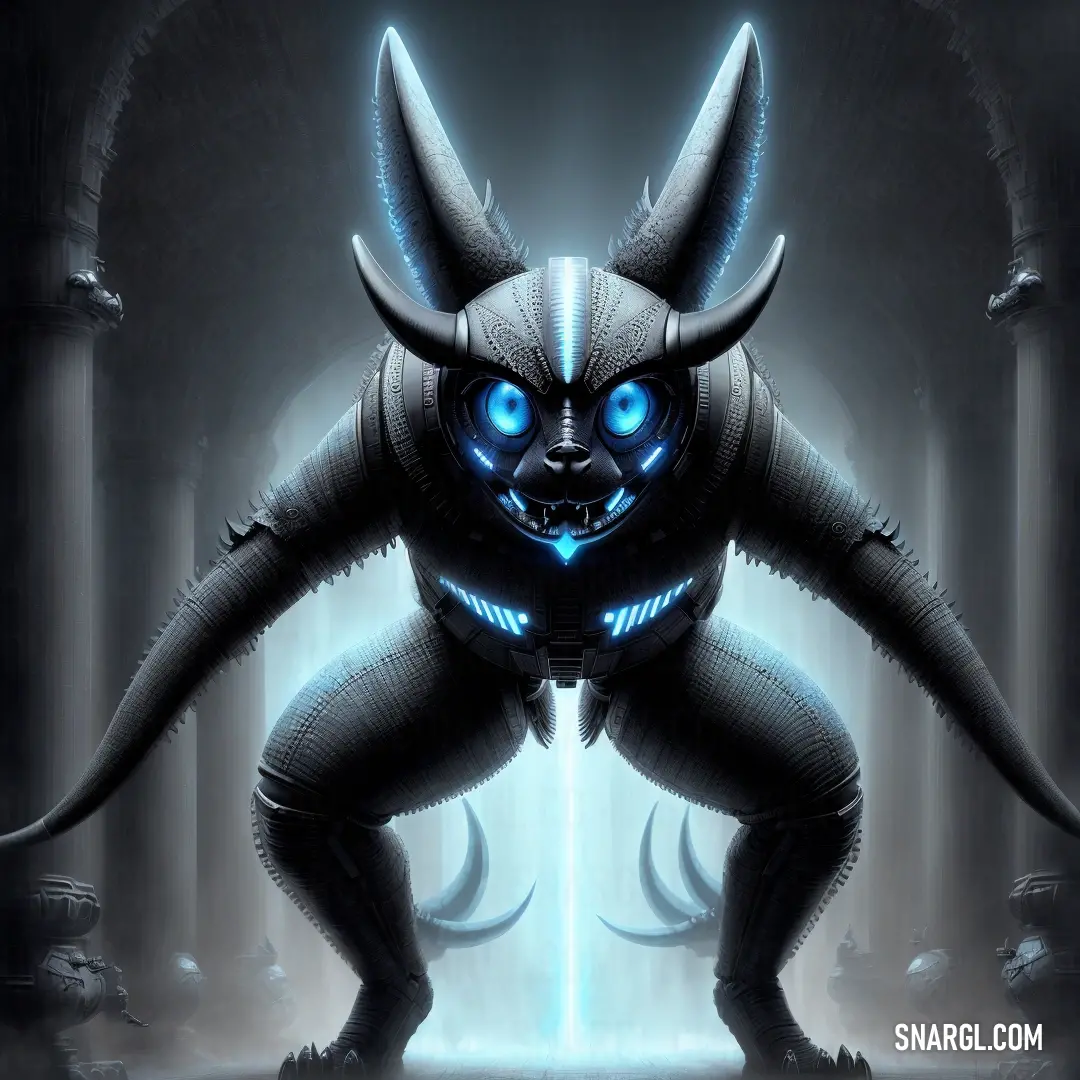

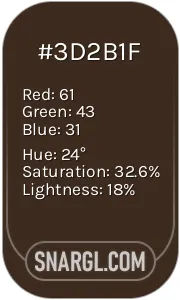 Bistre
Bistre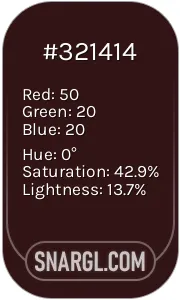 Seal brown
Seal brown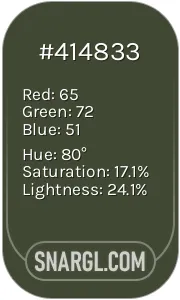 Rifle green
Rifle green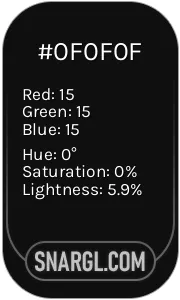 Onyx
Onyx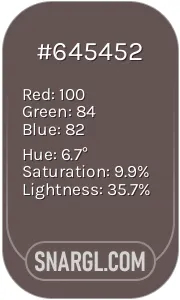 Wenge
Wenge
